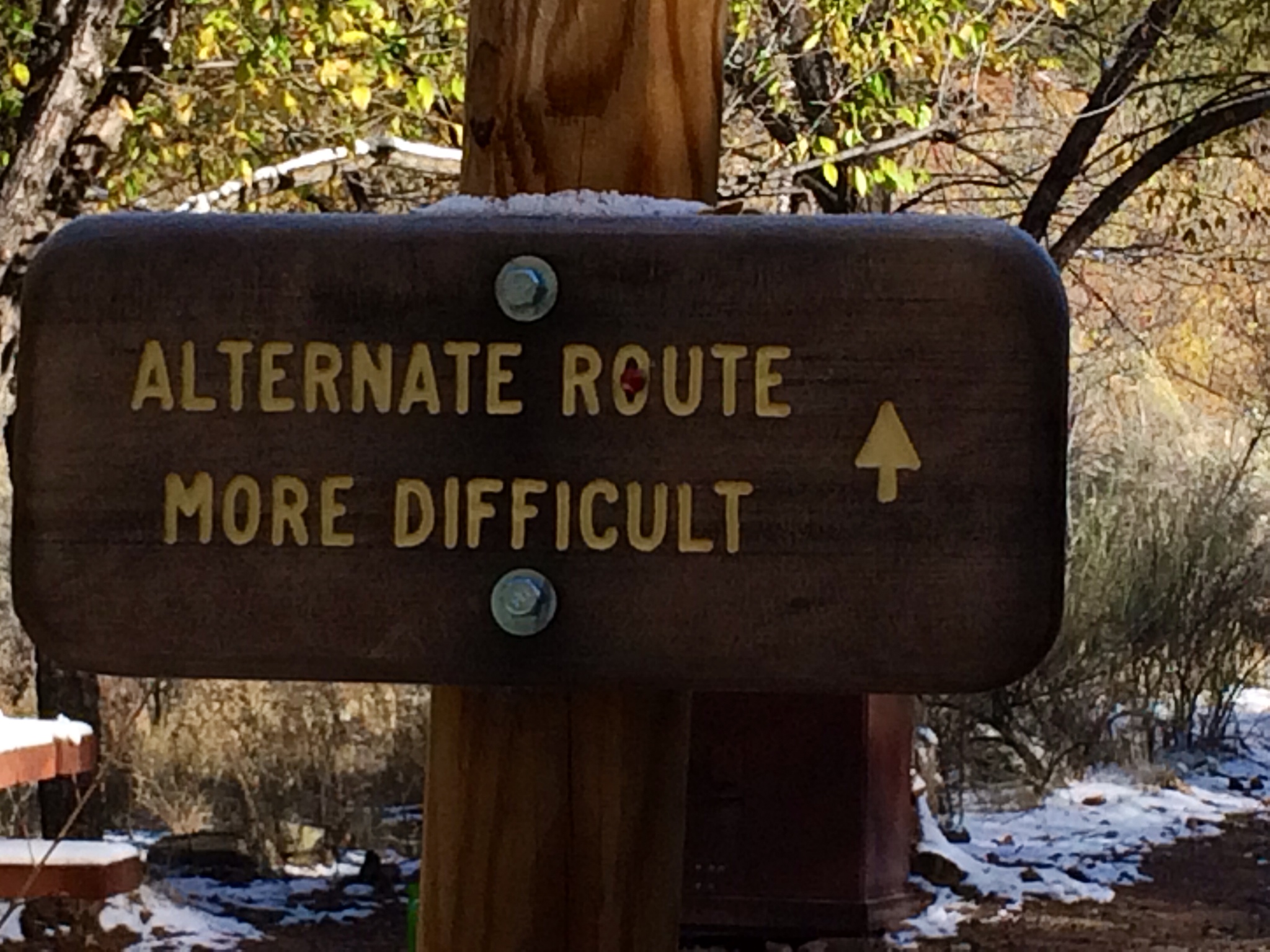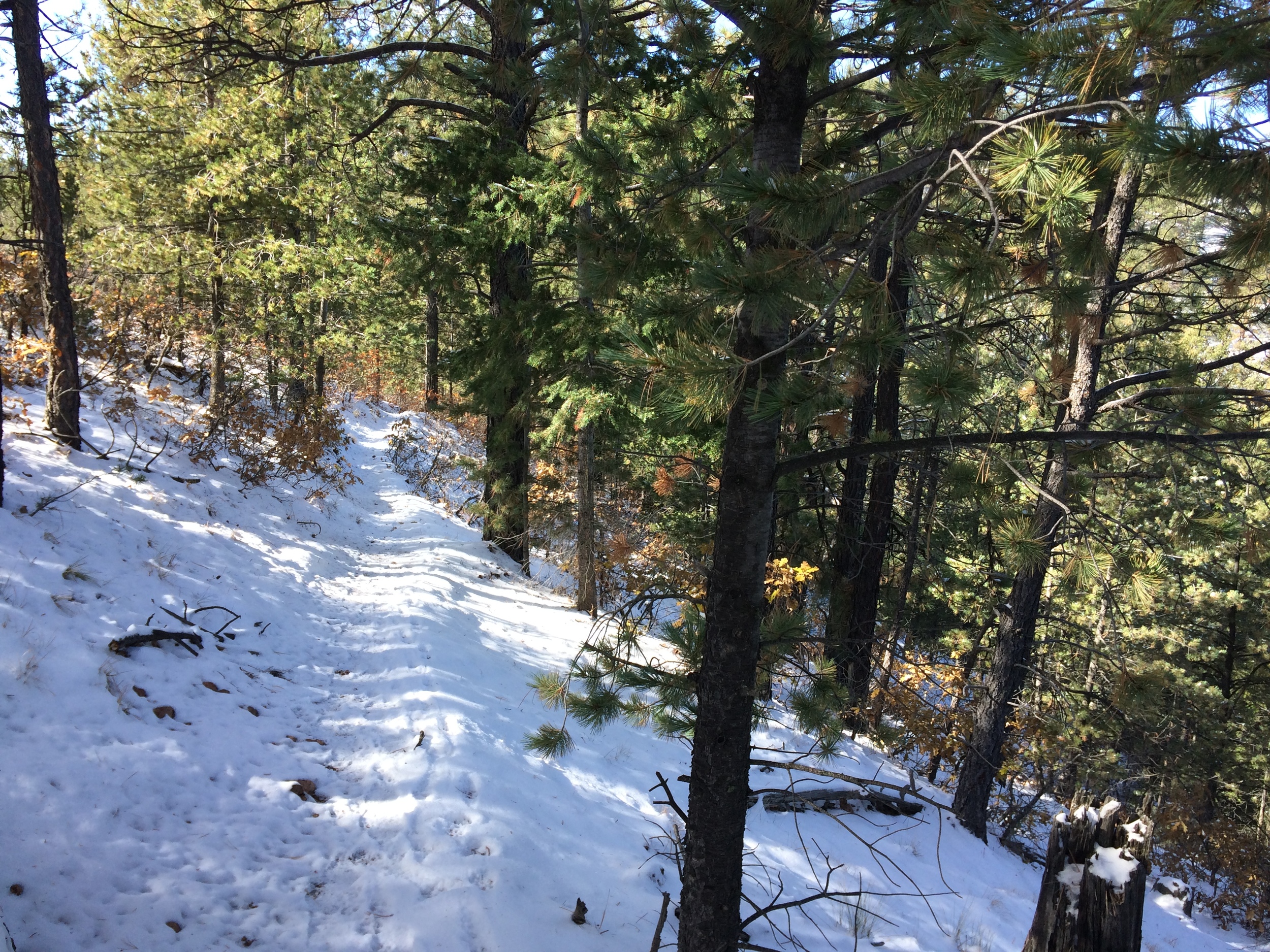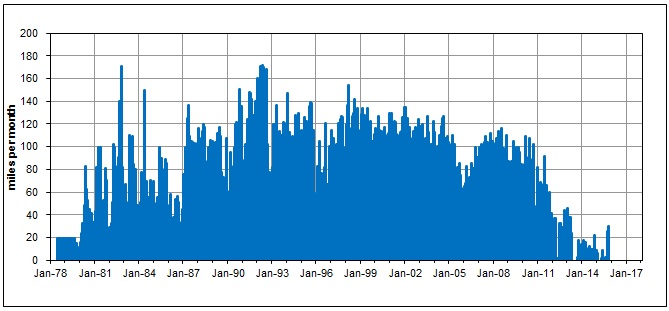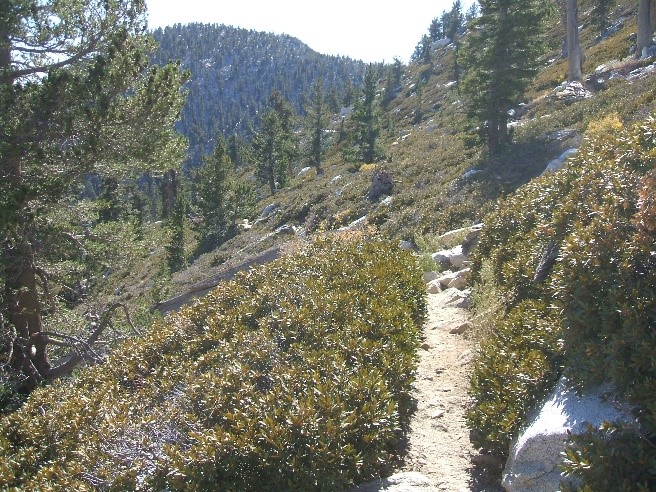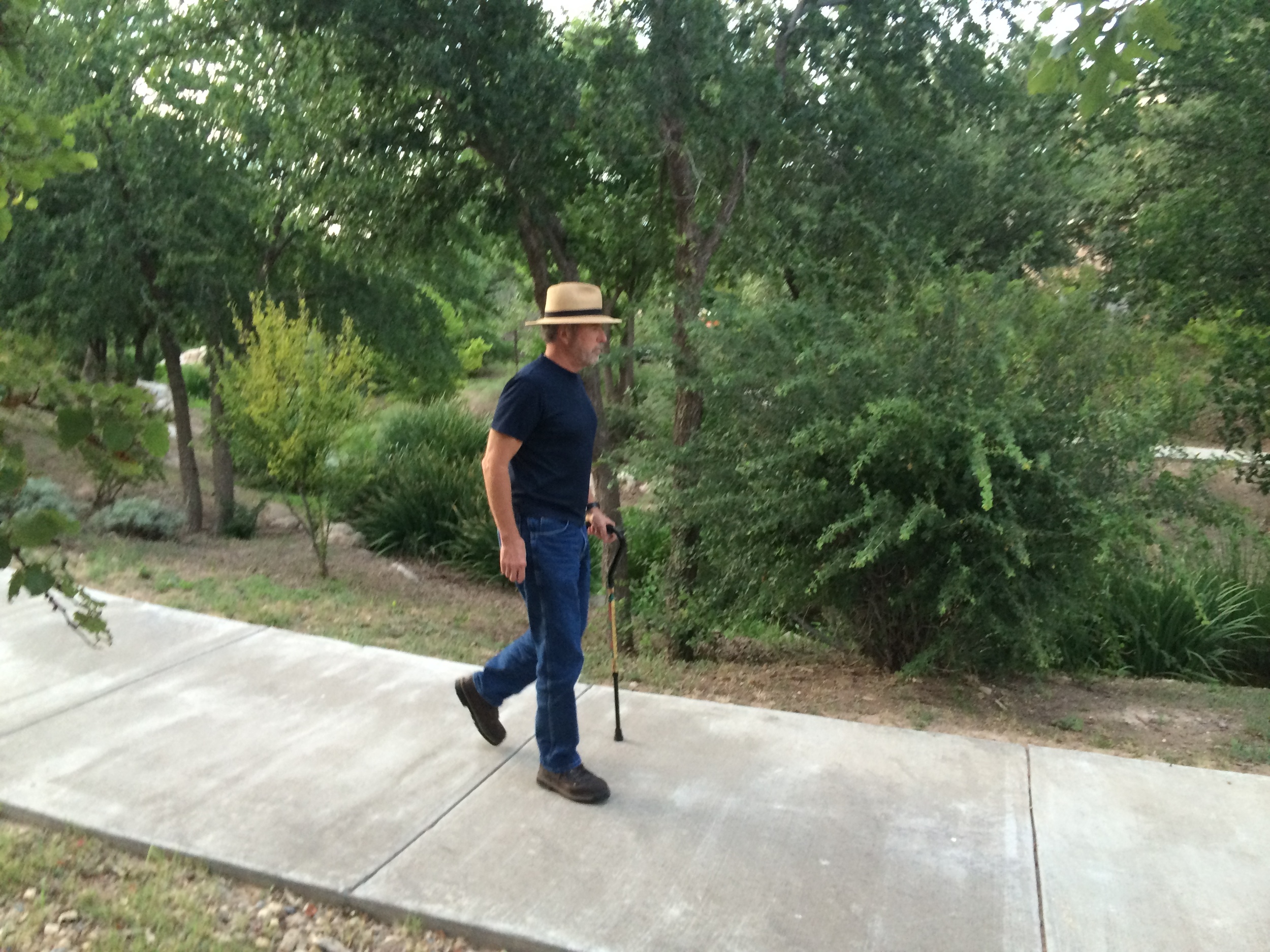Loading My Gear
/To be honest, I’m always a bit apprehensive when assembling my gear for a backpacking trip. I’m not sure why it bothers me. Afraid to look like an unprepared beginner, I suppose.
One of the attractions of backpacking is uncertainty - what the weather will be, how the altitude will affect me, do I have the right food, can I still lug my pack up the trail, and like that. Experience solves some concerns. I have better gear nowadays, I’ve accumulated a few skills, and I’ve learned to trust both of those. If conditions turn bad I might have a few miserable moments, but I will survive. More likely I’ll have an amazing time with great stories to tell.
Most of my backpacking trips to-date have been solo efforts, spiritual pilgrimages into the backcountry to feed my heart. But this trip will be communal. We have as many as eight men in my group, and we’re meeting more at the camp spot. We’re headed to the Pecos Wilderness of New Mexico, and weather permitting, hiking to the summit of Truchas Peak.
Curiously, knowing this is a group hike has made me less apprehensive. I’ve enjoyed pulling gear together, loaning gear, and talking check lists with the guys. I pack differently when I’m with a group rather than my typical solo trips. I know I won’t spend as much time alone reading and writing, and will probably spend more time cooking and eating with the group.
Here’s the thing: every trip I take I try to reduce my load, but my pack always seems so heavy – too heavy. The question of how much gear to take is the dilemma that fuels backpacking. The more things we are afraid of the more gear we carry, just in case, and the heavier our pack becomes. Every ounce we carry makes the trip more enjoyable, more comfortable, and safer. And yet every ounce we carry also makes our trip less possible, less enjoyable, less comfortable, and less safe.
Fear adds weight to life. Fear presses down on us and limits our movements and squashes our freedom. Fear makes us heavy on our feet, and unlikely to try new things. Fear is a great subtracter, and the more you feel it, the less you feel the wonder of life. Fear kills adventure.
Part of what makes it hard to pack light is that you’re convinced you’re already doing it. But with each trip I am able to go lighter. It’s true, the more you know, the less you need.
I expect to live in the backpacker’s dilemma the rest of my life, always lightening my load, leaving behind habits, behaviors, desires, and possessions I no longer need or want, subtracting the obvious and adding the meaningful.
“I run in the path of Your commands, for You have set my heart free.” Psalm 119:32

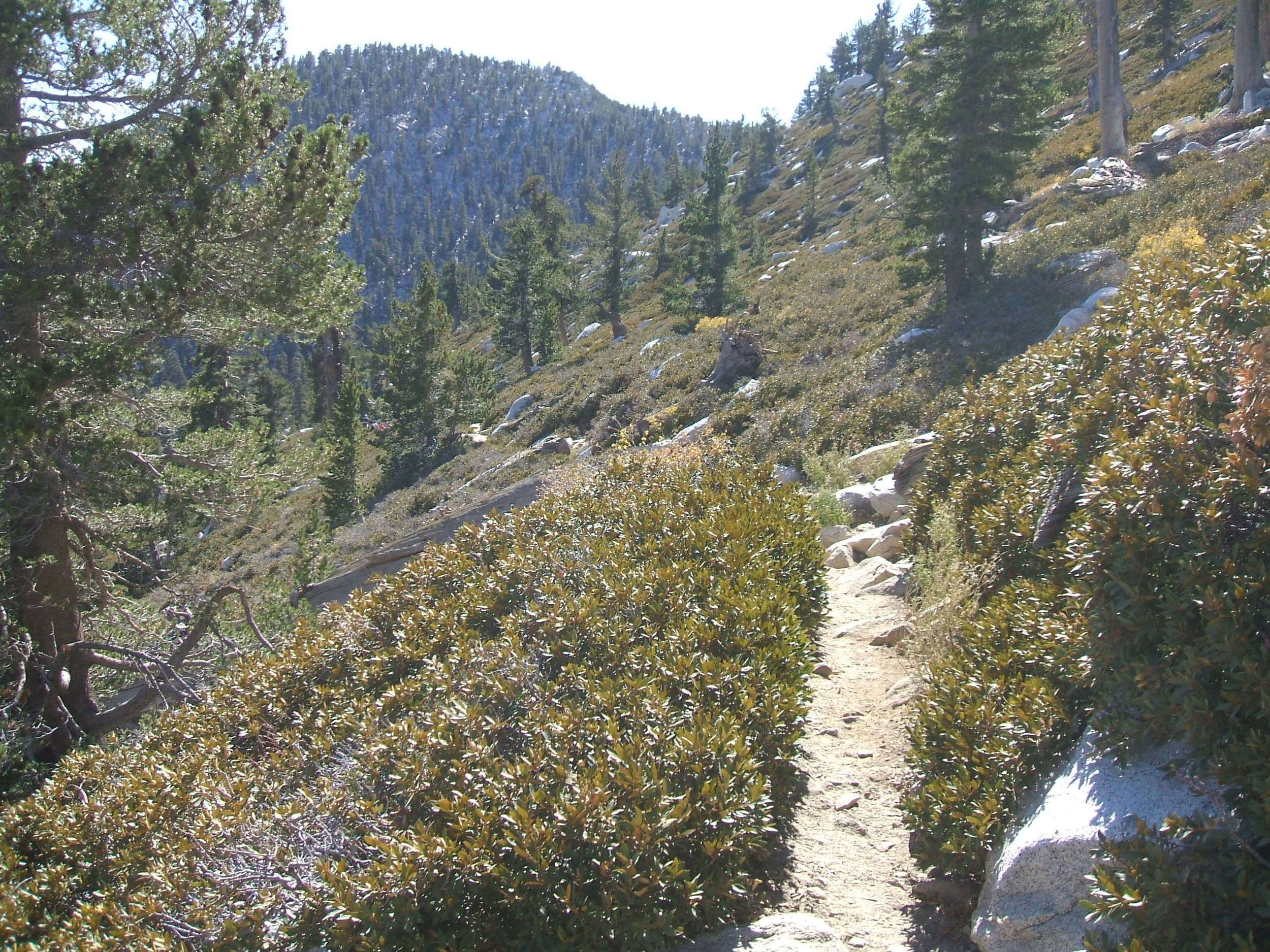 When the most beautiful backcountry seems impenetrable and inaccessible a trial is an invitation to give it a try. A trail makes hiking the most impassable terrain a possibility. Having a trail to follow is a gift. It means you don’t have to bushwhack. You are not on your own.
When the most beautiful backcountry seems impenetrable and inaccessible a trial is an invitation to give it a try. A trail makes hiking the most impassable terrain a possibility. Having a trail to follow is a gift. It means you don’t have to bushwhack. You are not on your own.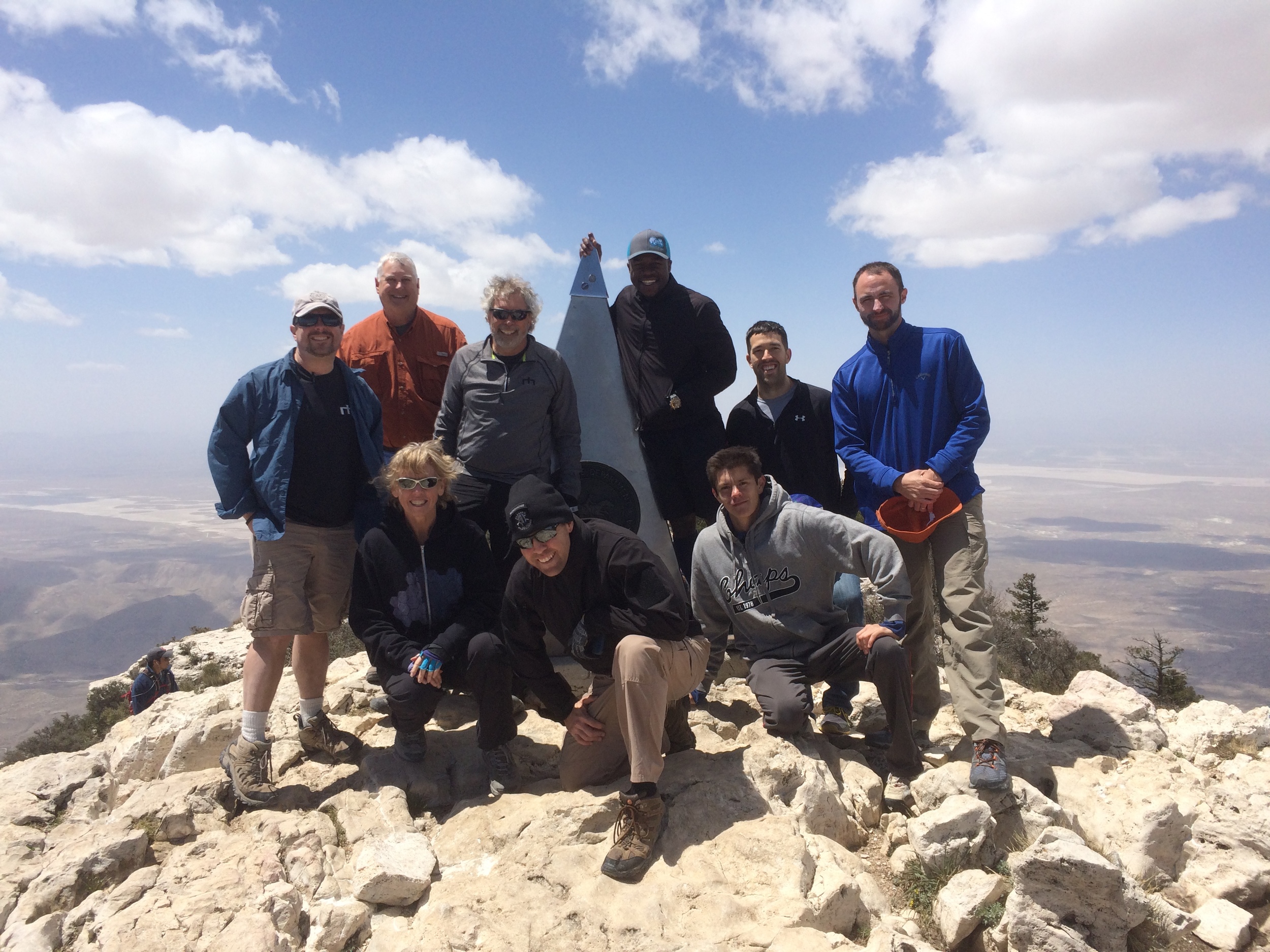 From trailhead to summit it took me 3:20 to make the climb; I was happy that I’d kept going. Most of my group was waiting at the top, and they continued to wait while I ate my PB&J sandwich. It was cold and windy and some of the faster hikers, including my loving wife Cyndi, had been up there for an hour already. Waiting for me was not a small thing.
From trailhead to summit it took me 3:20 to make the climb; I was happy that I’d kept going. Most of my group was waiting at the top, and they continued to wait while I ate my PB&J sandwich. It was cold and windy and some of the faster hikers, including my loving wife Cyndi, had been up there for an hour already. Waiting for me was not a small thing.